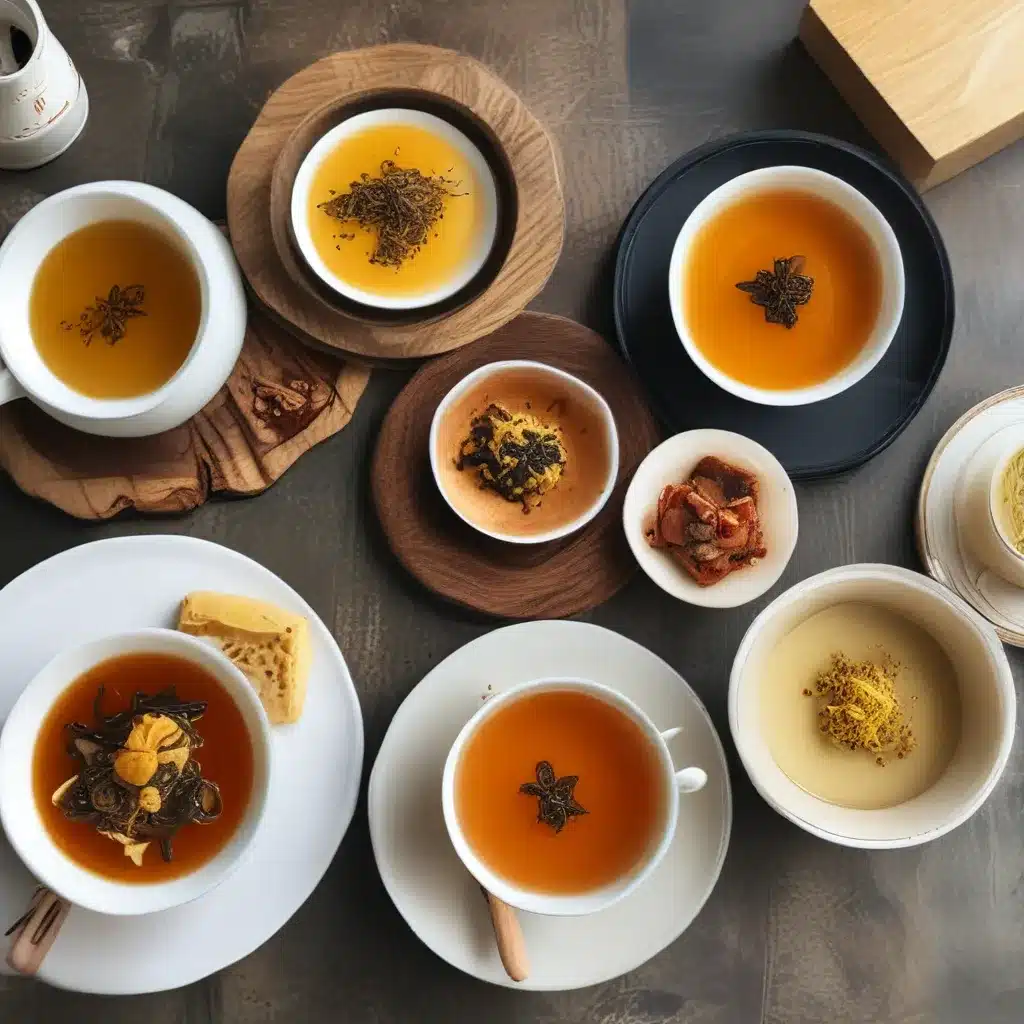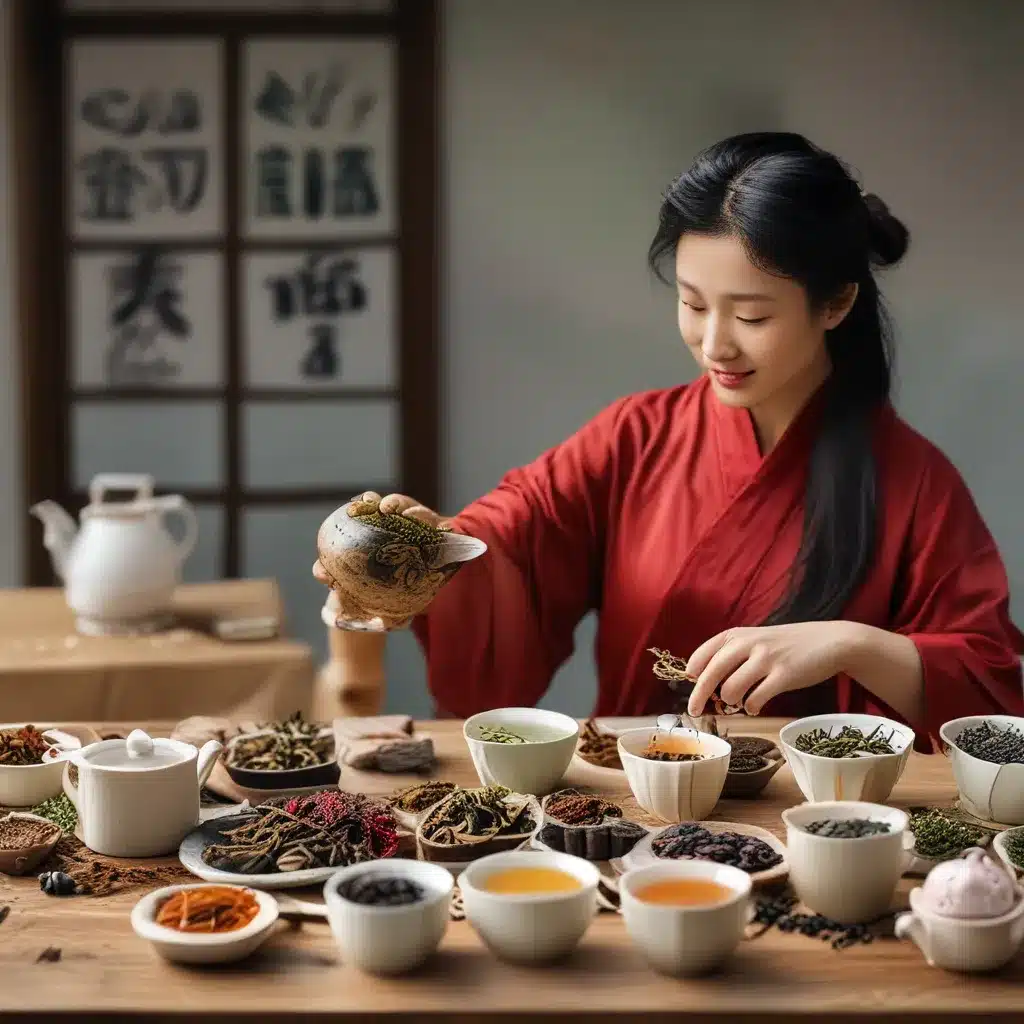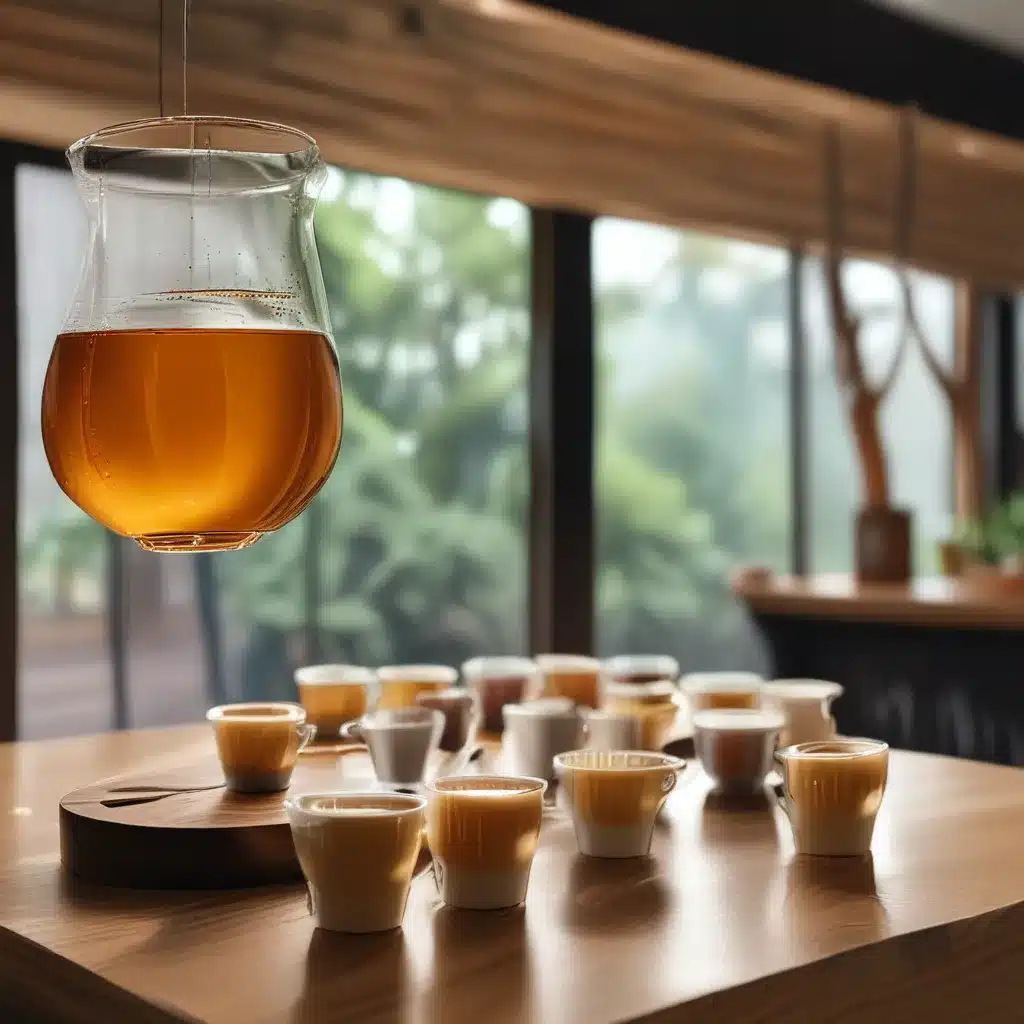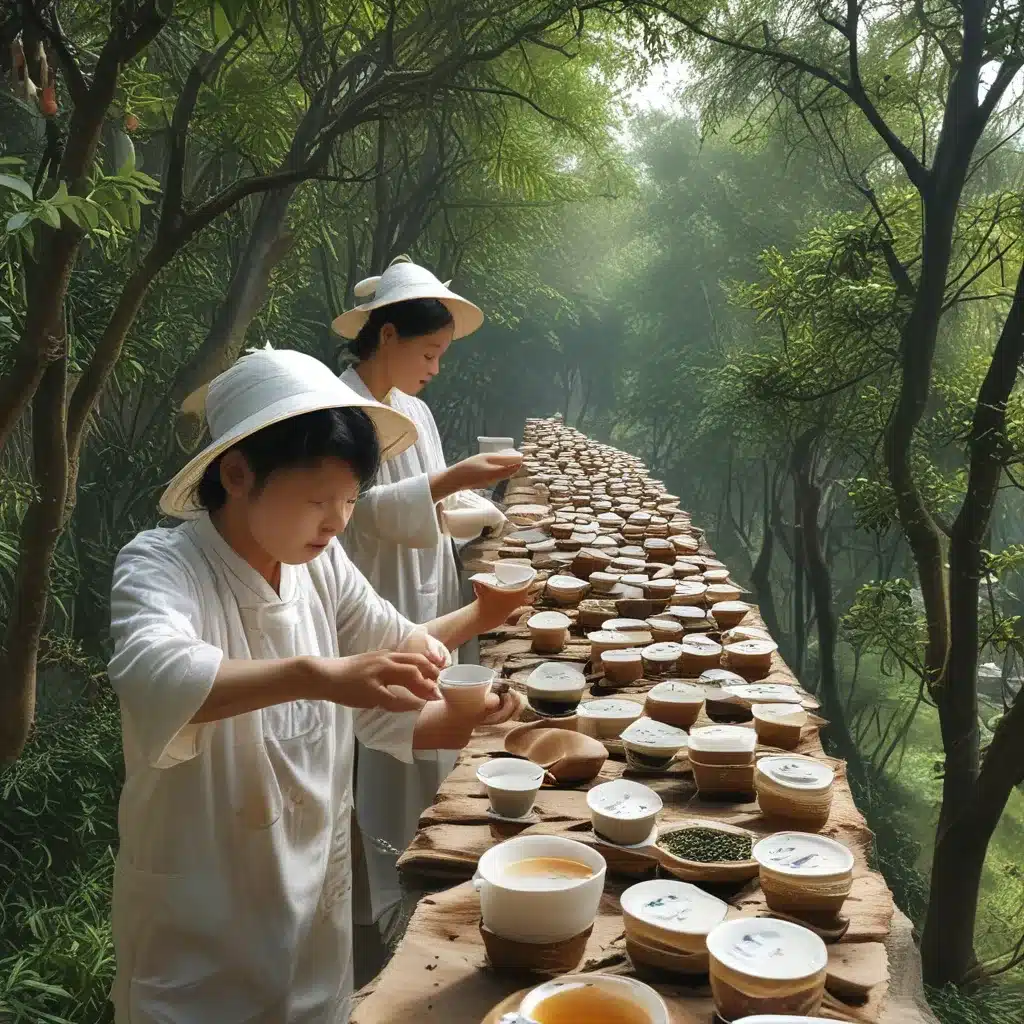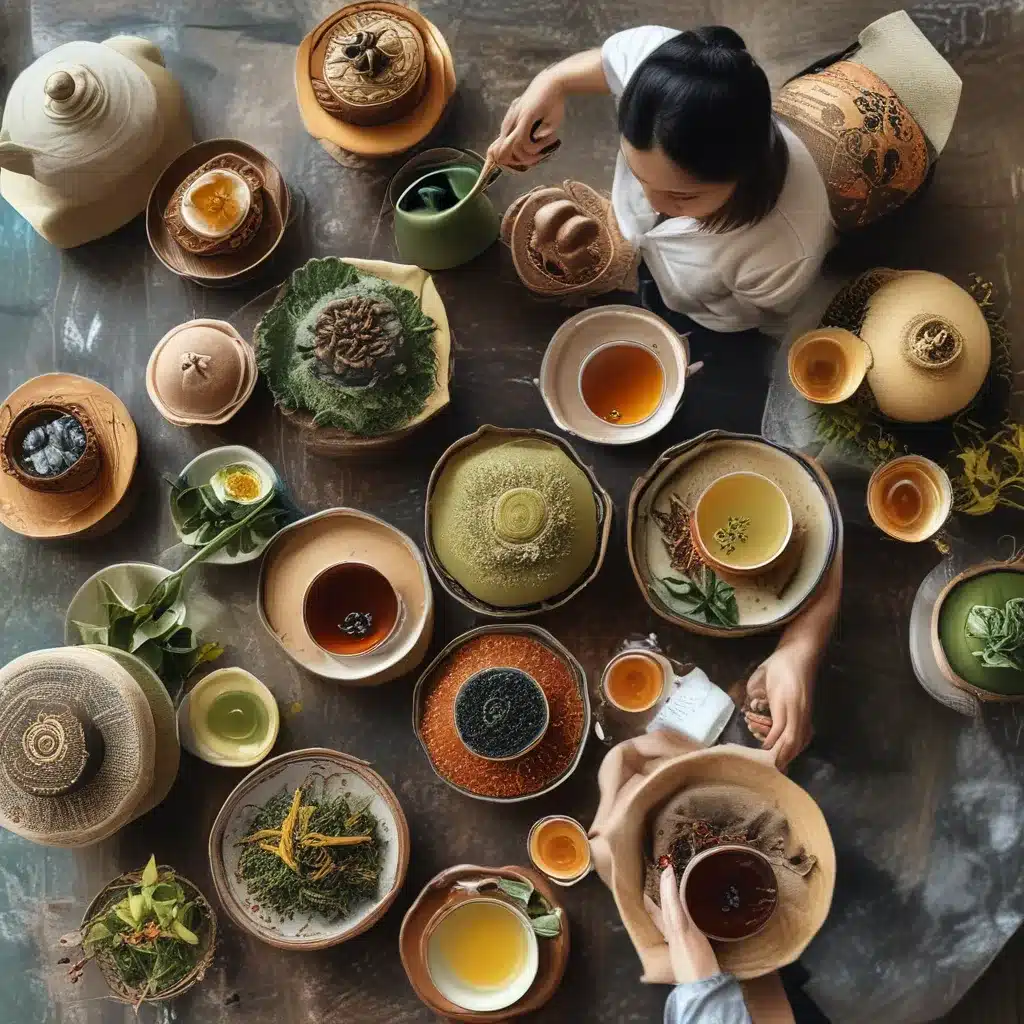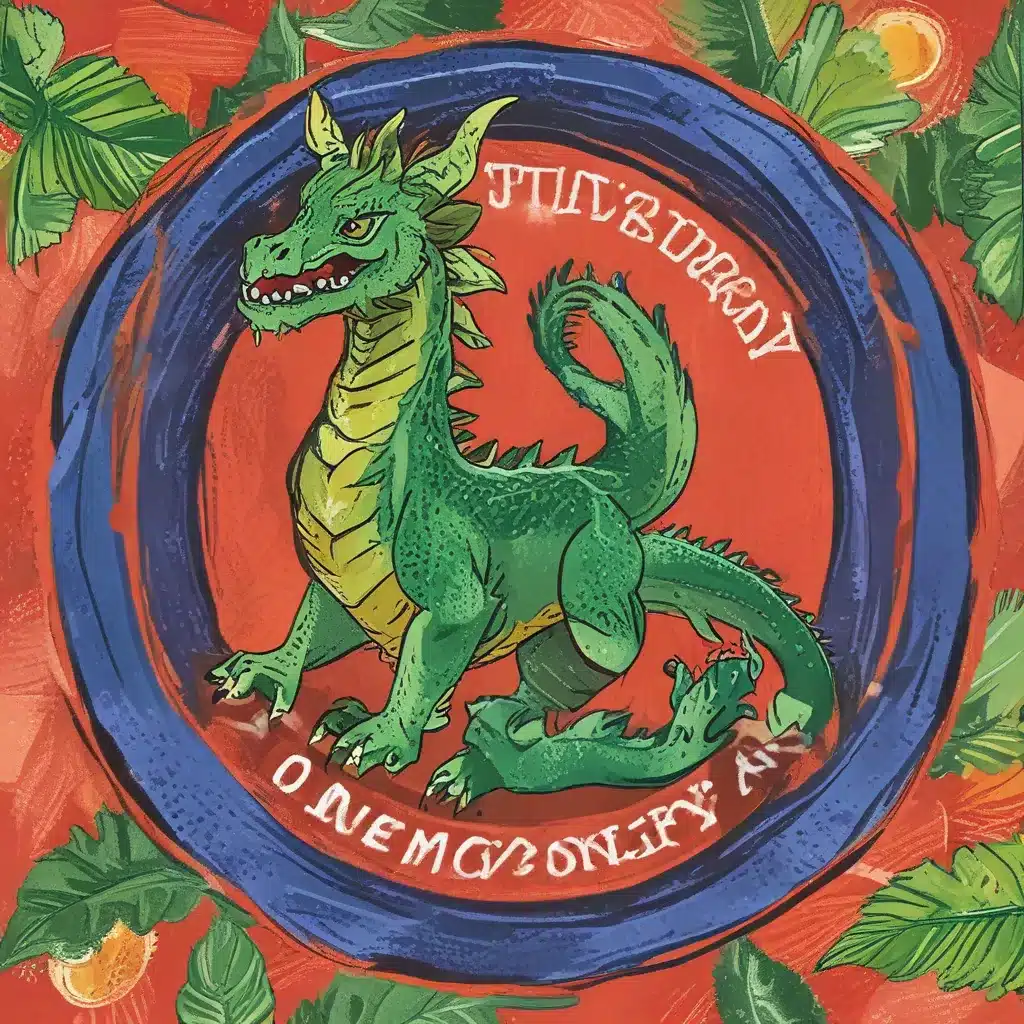
The Earth’s Bounty
During my days living in Taiwan, I quickly learned that the simple luxuries I once took for granted, like feta cheese, chickpeas, and couscous, were not so easily acquired. The shelves of the local supermarkets paled in comparison to the overwhelming abundance I had grown accustomed to back home. Imported goods were far and few between, and the seasonal availability of fruits and vegetables was a stark contrast to the year-round options I was used to.
At first, I found this incredibly frustrating. How was I supposed to satisfy my craving for dragon fruit all year round? But then, one of our Taiwanese friends imparted a bit of wisdom that would forever change my perspective. “The earth provides what the body needs at the time it needs it,” they said. “In the winter when you need warmth, ginger grows. In the summer when the weather is hot, watermelons are everywhere.”
I slowly began to realize that eating and buying seasonal, locally grown food was not only better for me, but also for the planet. As I learned more about the importance of eating local, it became clear that this was not just a matter of personal preference, but a crucial part of sustainable travel and living.
Tasting Culture, Nourishing Communities
Experiencing the local culture is a huge part of traveling, and trying traditional foods is largely connected to that cultural experience. Visitors to the UK often crave fish and chips, while travelers in Vietnam are drawn to the allure of pho. Here in Costa Rica, it’s all about gallo pinto. These traditional dishes are deeply rooted in the heritage and memories of the local people, and attempting to savor them is a way to get a small taste of that culture.
One of my fondest childhood memories growing up in the UK is of eating piping hot fish and chips, dripping with vinegar, on a stormy seafront as cold rain flecked against my cheeks. Similarly, you won’t find a single tico (Costa Rican) who doesn’t know how to cook gallo pinto, a dish that has been passed down through generations. These types of cultural touchstones exist the world over, and trying traditional foods is an excellent way to connect with a place and its people.
But beyond the cultural experience, supporting the local community is a crucial aspect of responsible travel. It’s all too easy to simply walk into a McDonald’s anywhere in the world, but doing so means that a large portion of your spending is leaving the local economy. In places where tourism is booming and the demand for Western and fast food is high, local food will become less and less prevalent. This can leave local people rightfully dubious about the true impact of tourists on their home country.
Opting to drink coffee in a local café, snack on street food, or have lunch in a local eatery is a simple way to be a socially responsible traveler. Eating in local places supports local businesses and the local economy, and it also helps to build connections between the local people and visitors. Even if you’re only staying in one place for a couple of days, where you choose to eat can shape the local community’s perception of tourists and sometimes even entire nationalities.
Feasting on Sustainability
Eating local doesn’t just benefit the community – it’s also better for the planet. The average distance our food travels is 1,500 miles, and when you start adding that up, it’s a significant amount of energy. Locally grown food doesn’t have nearly as far to travel, and you can usually find local farmers who use sustainable farming methods.
While house-sitting in Costa Rica, my partner and I have been buying as much of our food as possible from local farmers markets, the local baker, and even the neighbors of our house sitters. This food definitely doesn’t travel half as far as we do, and it’s fresher too. Fruit and vegetables that have been in the back of a truck for days aren’t going to taste as vibrant and flavorful as the ones that were just harvested from the allotment down the road.
When you travel, you won’t always know which foods are locally grown, but buying from local businesses and markets instead of chain supermarkets is a good place to start. Local food is also seasonal, and seasonal food tastes better. Think about the difference between a ripe, juicy tomato in the summer and a weak, watery one in the winter. Eating seasonally supports our body’s natural balance too – watermelon, cucumber, and courgettes help to cool the body in summer, while antioxidant-rich root vegetables keep us warm and healthy in the colder months.
Before this year, I had never even heard of a rambutan, a chayote, or a yuca. But by eating locally, I’ve been able to discover a whole new world of delicious and nutritious foods that are unique to the places I’ve visited. Local cuisine is always different depending on the climate and seasonal changes of that country, and there’s always something new waiting to be explored.
A Dragon’s Sustainability Journey
When it comes to sustainable eating, the team at One Dragon Restaurant in Shanghai has really taken the lead. As a Shanghai cuisine restaurant that prides itself on using the freshest and most locally sourced ingredients, they have embarked on a journey to not only nourish their customers but also to minimize their environmental impact.
One of the key pillars of their sustainability efforts is a deep commitment to sourcing ingredients from local farmers and producers. The chefs work closely with a network of trusted suppliers to ensure they have a steady supply of seasonal, organic produce that is harvested just a stone’s throw away from the restaurant. This not only supports the local economy, but it also drastically reduces the carbon footprint associated with food transportation.
“We believe that the true flavors of Shanghai cuisine can only be captured when the ingredients are at their absolute peak,” explains Head Chef, Liang. “By working with local farmers, we’re able to get our hands on the freshest, most nutrient-dense produce, and we’re also contributing to the sustainability of our community.”
But it’s not just about the ingredients. One Dragon has also implemented a number of eco-friendly practices within their restaurant operations. From installing energy-efficient appliances and LED lighting to implementing a comprehensive waste management system, the team is constantly looking for ways to minimize their environmental impact.
“It’s a holistic approach,” says General Manager, Mei. “We’re not just focused on sourcing local ingredients – we’re also dedicated to reducing our resource consumption and waste in every aspect of our business. It’s all part of our mission to be a truly sustainable restaurant.”
One of the restaurant’s most innovative initiatives is their partnership with a local urban farming collective. The team at One Dragon has transformed a portion of their rooftop into a thriving vegetable garden, where they grow a variety of herbs, leafy greens, and other produce that is then used in the kitchen.
“Not only does this allow us to have an even more direct connection to our ingredients, but it also helps to educate our customers about the importance of urban agriculture,” explains Liang. “We want to inspire people to think about where their food comes from and how they can support more sustainable food systems.”
Savoring the Journey
As I sit in One Dragon’s cozy dining room, sipping on a fragrant jasmine tea and savoring the delicate flavors of their seasonal vegetable stir-fry, I can’t help but feel a deep sense of appreciation for the journey that has brought this meal to my plate.
From the local farmers who meticulously tended to the crops, to the chefs who crafted each dish with care and intention, this meal represents so much more than just sustenance. It’s a celebration of the land, the people, and the rich cultural heritage of Shanghai cuisine.
And as I look around the restaurant, I’m struck by the palpable sense of pride and passion that emanates from the staff. They aren’t just serving up delicious food – they’re telling a story, one that connects the diner to the very heart of the community.
It’s a story of sustainability, of preserving traditions, and of forging a deeper connection with the natural world. And in a world that is increasingly disconnected from the sources of our food, it’s a story that I believe we all need to hear.
So as I savor the final bites of my meal, I can’t help but feel grateful for the opportunity to be a part of this journey. Because in the end, it’s not just about the food – it’s about the people, the planet, and the power of coming together to create something truly remarkable.

